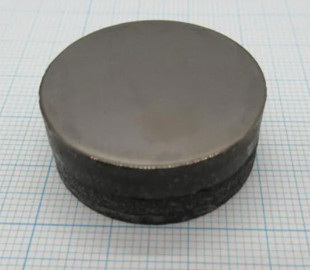
The BOXVIA machine learning system accelerated the process of creating a new type of superconductor many times — previously it would have taken months, not days.
Researchers at King's College London have produced a cheap and powerful iron-based superconducting magnet using machine learning (ML) algorithms. The publication Interesting engineering told more about the new product.
The main advantage of superconducting magnets is that they can create very strong and stable magnetic fields without significant energy consumption. Such magnets are used in magnetic resonance imaging (MRI) machines and electrified transport systems.
Dr Mark Ainslie of King's College London, together with colleagues from the Tokyo University of Agriculture and Technology, the Japan Science and Technology Agency, the National Institute of Materials Science and Kyushu University, has developed a superconducting magnet that has a magnetic field that is 2.7 times stronger than any what an analogue.
Scientists were helped in this by a machine learning system called BOXVIA. She identified patterns that improve performance and fine-tuned parameter changes to develop the most optimal magnet design. Everything took a matter of days, and without MO the researchers would have spent months.
The team of experts discovered that the new superconducting magnet contains larger iron-based crystals in its structure. This makes it noticeably different from magnets made without BOXVIA. The AI-produced sample had a wide range of iron-based crystal sizes, as opposed to the uniform structure the researchers prefer.
“Superconducting magnets — are the basis of the future. They're not only used to image cancer with the help of MRI machines, but will also be important for the creation of electric aircraft and nuclear fusion”, — said Ainslie.
The research lays the groundwork for creating superconducting magnets powerful enough for industrial applications, according to Ainslie. Using artificial intelligence, it was possible to create a cost-effective and scalable alternative using iron, which is much easier to work with and which will help make devices smaller in size and weight, and reduce their cost, the scientist noted.

